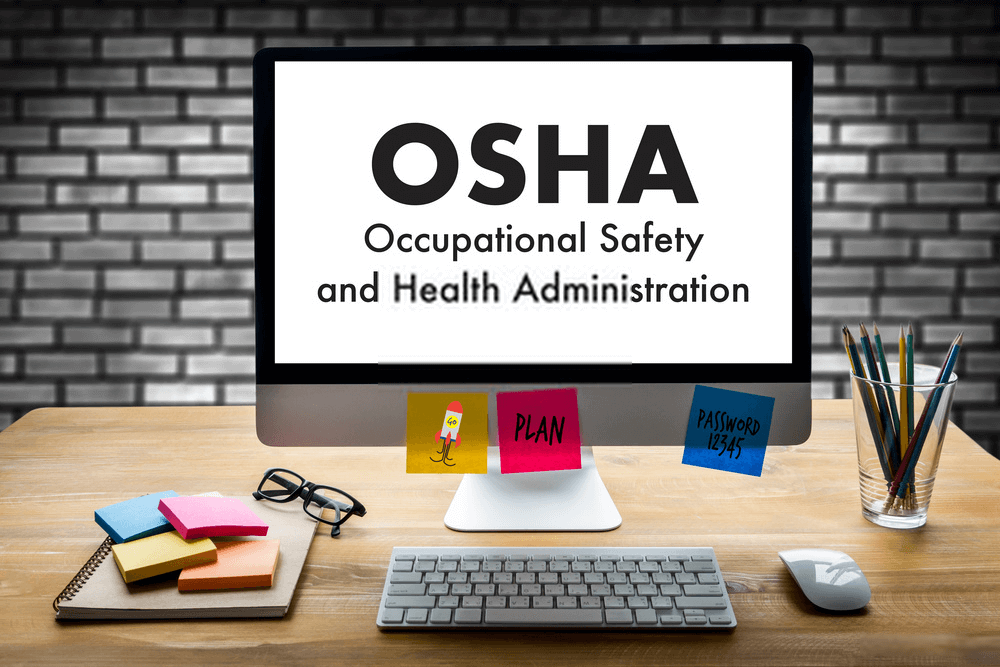OREGON: Worker’s Compensation Cost is Dropping

Oregon employers should see an average decrease in their workers’ compensation costs for the seventh straight year, according to Oregon OSHA. Employers next year will pay an average of $1.02 per $100 of payroll for workers’ compensation insurance, down from $1.11 in 2019, under a proposal by the Oregon Department of Consumer and Business Services (DCBS).
The base rate—the pure premium rate—that insurers use to determine how much employers must pay for medical claims and lost wages will drop by an average of 8.4%, under the proposal. The DCBS proposal covers workers’ compensation claims costs, assessments, and insurer profit and expenses.
Employers’ costs for workers’ compensation insurance cover the pure premium and insurer profit and expenses, plus a premium assessment. Employers also pay a Workers’ Benefit Fund assessment, which is a cents-per-hour-worked rate.
However, the decrease in the pure premium does not mean all Oregon employers will see a decrease in their workers’ compensation costs for 2020.
The decrease in the pure premium of 8.4% is an average. An individual employer in Oregon may see a larger or smaller decrease, no change, or even an increase depending on the employer’s claims experience, industry, and payroll.
Long-term trends in lower medical care costs and less severe claims in the state contributed to the decrease in the pure premium rate average. Oregon’s workers’ compensation system includes Oregon OSHA, the Workers’ Compensation Board, and Workers’ Compensation Division. The state agencies collectively address differences over the state’s workers’ compensation and workplace safety laws, impacts on injured workers, and small business advocacy.
Reducing Workers’ Compensation Costs
A robust safety and health management program focused on reducing the number and severity of injuries can help lower your workers’ compensation costs. Your insurance carrier looks at the number of injuries and resulting claims to determine your experience modification rate, which is used to set your premiums.
An effective safety and health management program will include the following elements:
- Management and employee buy-in;
- Employee and supervisor education and training;
- Employee participation in evaluating workplace hazards and developing policies, practices, and safety rules to prevent injuries and illnesses;
- Incident investigations, including investigations of “close calls,” to determine root causes and adjust workplace policies and rules to prevent future accidents and injuries, and;
- A light-duty and return-to-work program to get employees back on the job as soon as possible, reducing lost time and lost wages.
You should have a written light-duty or return-to-work policy in place before you need one. Having a written policy ensures the return-to-work procedures are followed consistently.
Oregon Workers’ Compensation Costs
The decrease in Oregon’s pure premium is effective January 1, 2020 and employers will see the changes when they renew their policies in 2020. The state’s workers’ compensation rates have ranked among the lowest for several year years, according to DCBS. Oregon had the sixth least expensive rates in 2018, DCBS found in its most recent biennial analysis.











